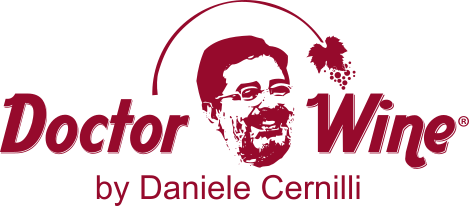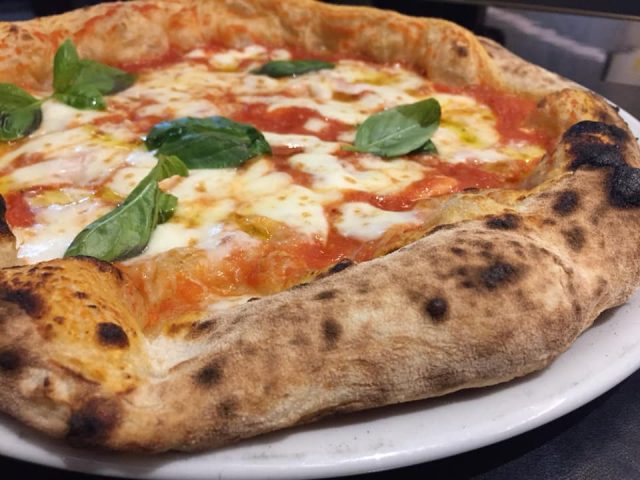The wonders of Il Borro
Once a medieval hamlet, Borro has come back to life as a bio-sustainable agricultural estate with a winery, Relais & Chateau accommodation and restaurants.
Borro’s long history dates back to when it was a strategic outpost between two important Roman roads, the Clodia and Cassia. It is referred to in documents from the 13th century that make reference to events in previous eras, which is not bad for a tiny and isolated hamlet. Over the centuries it was owned by various noble families passing hands from the Mascagni family to the Borro Borri marquises, from Girolamo and Alessandro del Borro to the Medici Tornaquinci of Florence, from the Torriani of Milan to the Hohenlohe Waldemburg family and, finally, to the Savoys.
For those of us who love wine history, the modern era begins with the estate’s acquisition by Ferruccio Ferragamo, who bought it from Amedeo d’Aosta in 1993 (the estate’s CEO is Salvatore Ferragamo). That year marked the start of a major project to restore the whole hamlet in full accordance with the directives of the department of fine arts and the result is a true gem. The ancient manor is accessed across a very suggestive bridge and it houses art studios and hotel rooms that are spread out in a truly unique way. Outside the hamlet is a modern and efficient structure that houses the winery as well as two top-level restaurants. The same care and attention used to restore the vineyards was applied to making the whole estate once again a self-sustaining Tuscan farm. Thus there are Chianine cows, stables and gardens that produce the prime ingredients the restaurants need together with olive oil production and, more recently, beekeeping. Since 2015, all this has been certified organic and, more importantly, bio-sustainable.
The estate is composed of 700 hectares of land of which 45 are vineyards and 40 olive groves. The varietals cultivated are many and run from Sangiovese to Merlot, from Chardonnay to Petit Verdot. The winemaking activities benefit from the outside consultancy of a famous enologist, Stefano Chioccioli, who has not changed the wines but only allowed the grapes to adapt to the territory and the vines now are beginning to show the results of this having reached a certain age. In the winery, temperature-controlled stainless steel vats are used as well as barrels and a suggestive tunnel leads to the aging cellar which is lined with barriques and tonneau barrels, while the use if 20hl barrels is expanding for the estate’s Sangiovese and, since they are becoming trendy, they even have amphorae. The wines have different styles depending on the varietals used with the aim of exalting the territory of Valdarno, which was already singled out during the Medici era for being among the best suited for winegrowing along with Chianti (now Chianti Classico), Pomino (now Pomino and Chianti Rufina) and Carmignano.

 Italiano
Italiano









